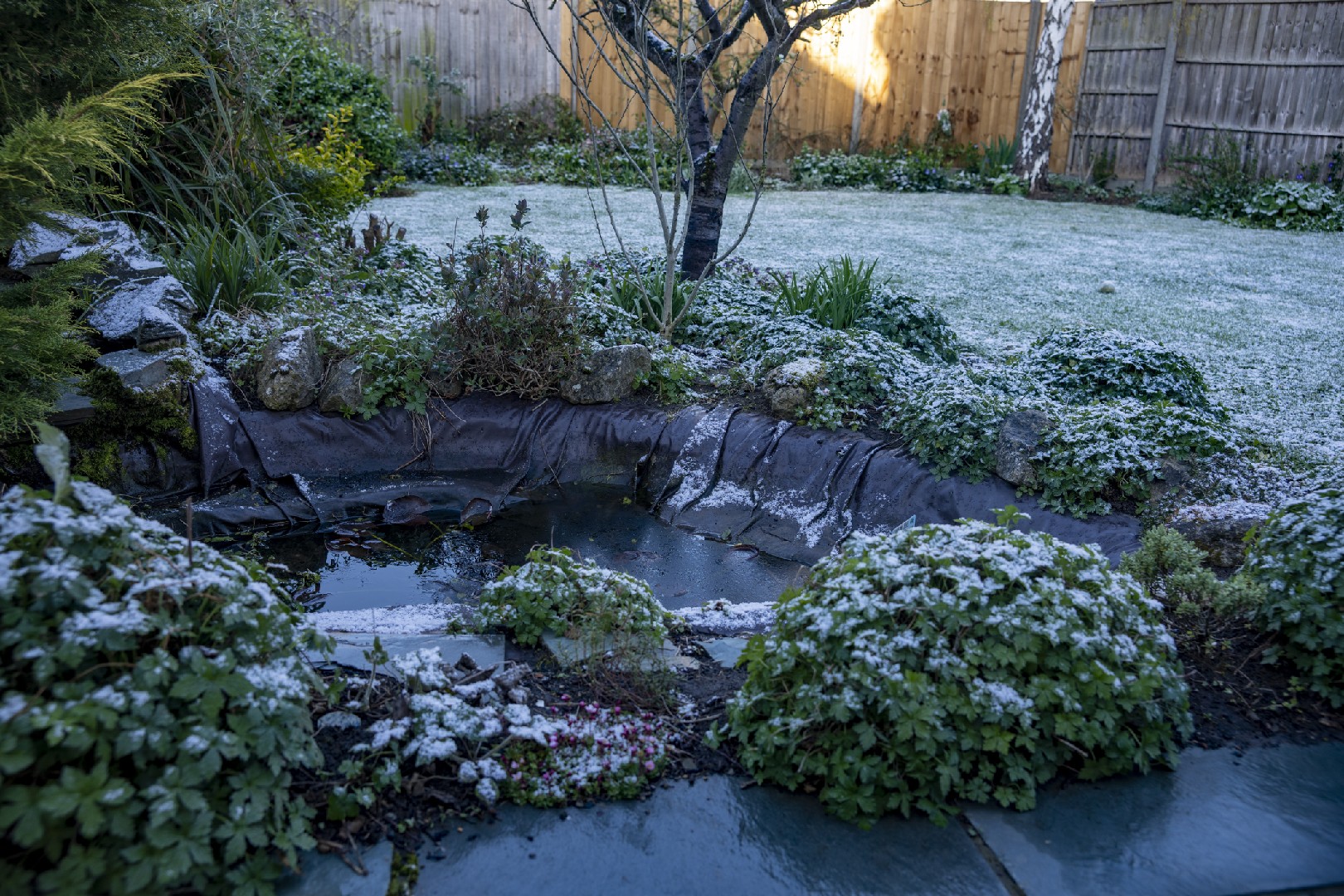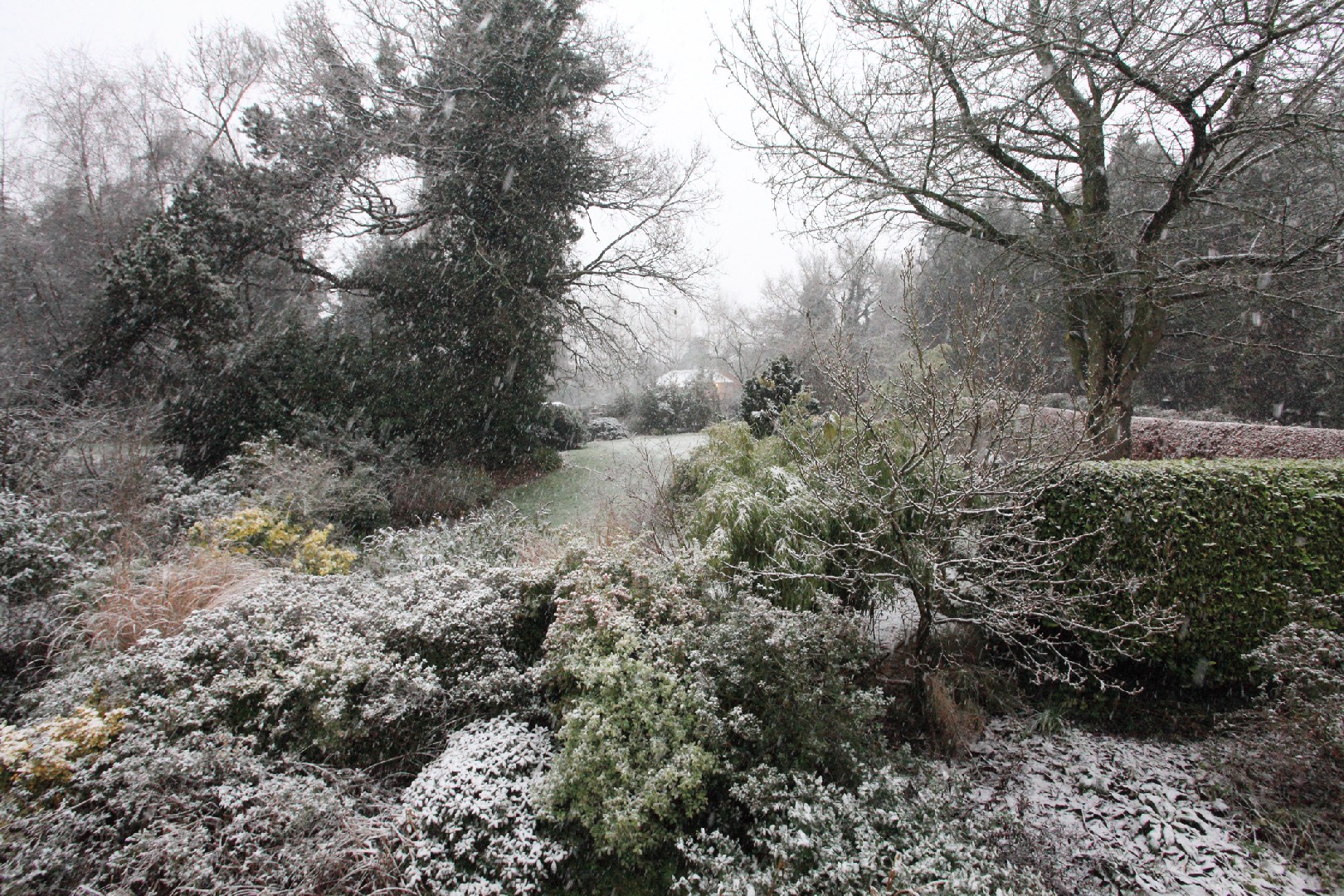![Rectangle]()
Initial Spring Checks and Post-Winterizing Measures
Once winter is over and the weather starts to warm up, it's time to give your garden water features the attention they need. Performing a thorough examination of your water features for any damages or issues is the first step in ensuring they are ready for the upcoming season.
Start by checking all the components of your water features, such as pumps, filters, and pipes, for any signs of damage caused by freezing temperatures. Look for cracks, leaks, or any other visible damage that may have occurred during the winter months. If you spot any issues, make a note of them and plan for repairs or replacements as necessary.
After examining the water feature components, it's time to restart them for spring. Begin by turning on the water source and allowing it to flow through the system. This will help flush out any debris or stagnant water that may have accumulated during the winter. Be prepared for some initial sputtering or air bubbles as the system starts up again.
Next, check the water levels in your features to ensure they are at the appropriate levels. Low water levels can put a strain on the pump and cause it to work harder, leading to potential damage. If needed, add water to bring the levels back up to the recommended height.
Once your water features are up and running, it's important to clean them thoroughly after winterizing. Remove any debris, such as leaves or twigs, that may have accumulated in the features during the colder months. Use a net or skimmer to scoop out larger debris, and a soft brush or cloth to scrub away any algae or grime that may have developed on the surfaces.
When it comes to cleaning solutions, it's best to use non-toxic options that won't harm the plants or wildlife in your garden. Natural cleaners like vinegar or hydrogen peroxide can be effective in removing stains or algae buildup. Avoid using harsh chemicals that can contaminate the water and harm the ecosystem of your garden.
In conclusion, performing initial spring checks and post-winterizing measures is essential for maintaining the health and functionality of your garden water features. By carefully examining the components for damages, restarting the features in a systematic manner, and employing effective cleaning methods, you can ensure that your water features are ready to enhance the beauty of your garden once again. So, roll up your sleeves, get your gloves on, and give your water features the TLC they need to thrive this spring!





